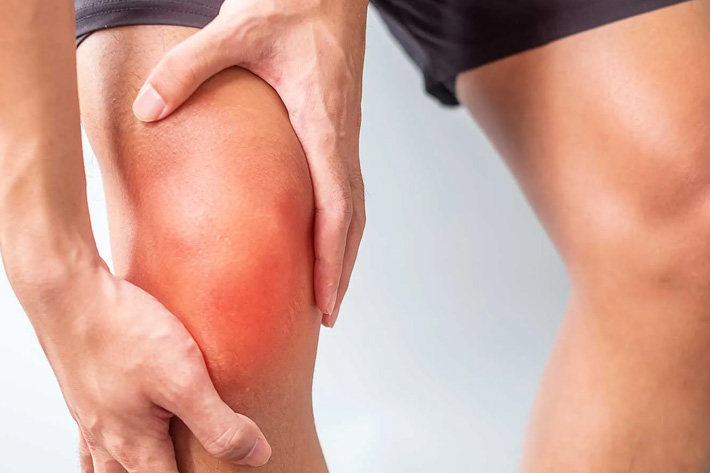Patellar tendinitis, also known as jumper’s knee, is a condition characterized by inflammation and irritation of the patellar tendon, which connects the kneecap (patella) to the shinbone (tibia). Certain sports and activities can increase the risk of developing this condition due to repetitive stress and strain on the patellar tendon. Here are some sports that can increase the risk of patellar tendinitis:
- Basketball: Frequent jumping, sudden stops and starts, and changes in direction put significant stress on the patellar tendon, making basketball players susceptible to patellar tendinitis.
- Volleyball: Similar to basketball, volleyball involves jumping and landing repeatedly, leading to increased strain on the patellar tendon.
- Soccer: The constant running, jumping, and kicking involved in soccer can contribute to the development of patellar tendinitis.
- Track and Field: Sprinting, jumping, and hurdles in track and field events place repetitive stress on the patellar tendon, increasing the risk of developing tendinitis.
- Tennis: The quick lateral movements, jumping, and repetitive stress during serves and volleys can contribute to the development of patellar tendinitis in tennis players.
Management strategies for patellar tendinitis:
- Rest and activity modification: Taking a break from the activity causing the condition can help reduce inflammation and allow the tendon to heal. Modify your activity level or technique to minimize stress on the patellar tendon.
- Ice therapy: Applying ice to the affected area for 15-20 minutes, several times a day, can help reduce pain and inflammation.
- Physical therapy: A physical therapist can provide exercises to stretch and strengthen the muscles around the knee, improving the stability and support for the patellar tendon.
- Nonsteroidal anti-inflammatory drugs (NSAIDs): Over-the-counter NSAIDs, such as ibuprofen, can help reduce pain and inflammation. However, it’s important to consult a healthcare professional before taking any medication.
- Knee braces or supports: Wearing a brace or patellar strap can provide additional support and alleviate strain on the patellar tendon.
- Gradual return to activity: Once the pain and inflammation have subsided, gradually return to your sport or activity, focusing on proper warm-up, stretching, and conditioning exercises.
- Avoiding high-impact activities: Reduce or avoid activities that put excessive stress on the patellar tendon, especially during the recovery phase.
- Eccentric strengthening exercises: These exercises focus on slowly lowering the leg against resistance, which can help strengthen the patellar tendon and improve its ability to handle stress.
Remember, it’s important to consult with a healthcare professional, such as a doctor or physical therapist, for an accurate diagnosis and personalized management plan for your specific condition. They can provide guidance tailored to your needs and help monitor your progress.





